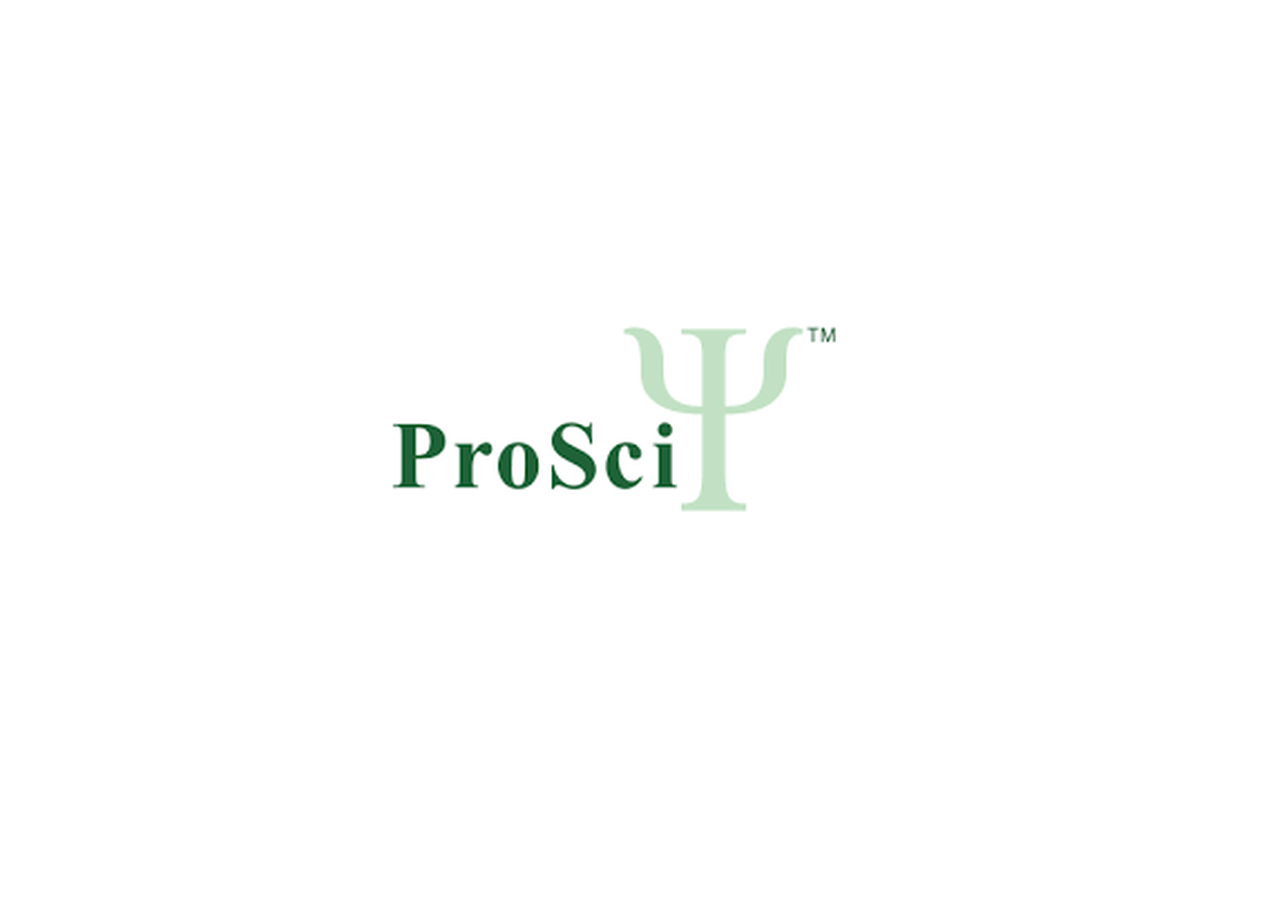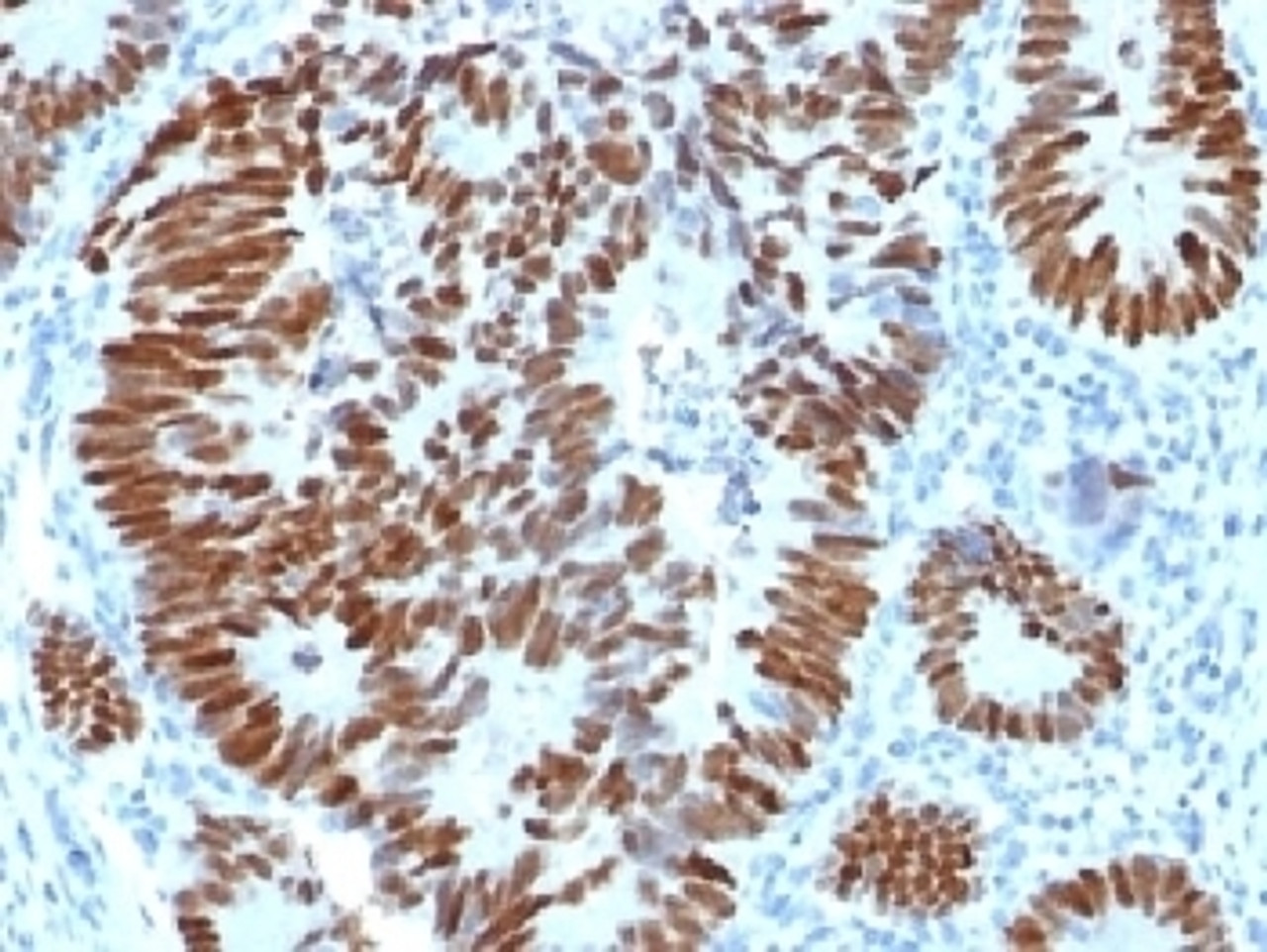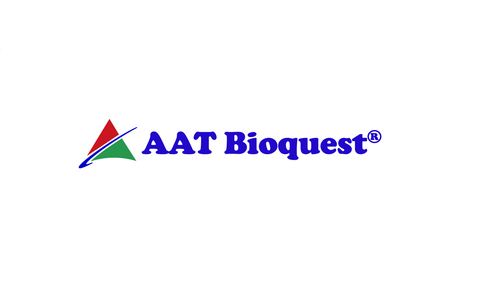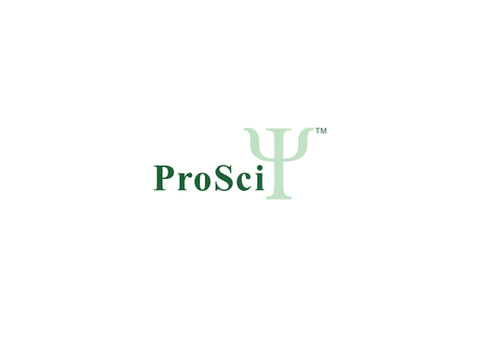Product Description
p53 Antibody | 33-706 | ProSci
Host: Rabbit
Reactivity: Human
Homology: N/A
Immunogen: Recombinant human p53 protein was used as the immunogen for this p53 antibody.
Research Area: Cancer, Cell Cycle, Signal Transduction,
Tested Application: Flow, IF, WB, IHC-P
Application: Flow Cytometry: 0.5-1 ug/million cells in 0.1ml
Immunofluorescence: 0.5-1 ug/ml
Western blot: 0.5-1 ug/ml
Immunohistochemistry (FFPE) : 0.25-0.5 ug/ml for 30 minutes at RT
The optimal dilution of the p53 antibody for each application should be determined by the researcher.
Specificiy: N/A
Positive Control 1: N/A
Positive Control 2: N/A
Positive Control 3: N/A
Positive Control 4: N/A
Positive Control 5: N/A
Positive Control 6: N/A
Molecular Weight: N/A
Validation: N/A
Isoform: N/A
Purification: Protein A affinity chromatography
Clonality: Polyclonal
Clone: N/A
Isotype: IgG
Conjugate: Unconjugated
Physical State: Liquid
Buffer: PBS with 0.1 mg/ml BSA and 0.05% sodium azide
Concentration: 0.2 mg/mL
Storage Condition: Aliquot and Store at 2-8˚C. Avoid freez-thaw cycles.
Alternate Name: Cellular tumor antigen p53, Antigen NY-CO-13, Phosphoprotein p53, Tumor suppressor p53, TP53, P53
User Note: Optimal dilutions for each application to be determined by the researcher
BACKGROUND: Recognizes a 53kDa protein, which is identified as p53 suppressor gene product. It reacts with the mutant as well as the wild form of p53. p53 is a tumor suppressor gene expressed in a wide variety of tissue types and is involved in regulating cell growth, replication, and apoptosis. It binds to MDM2, SV40 T antigen and human papilloma virus E6 protein. Positive nuclear staining with p53 antibody has been reported to be a negative prognostic factor in breast carcinoma, lung carcinoma, colorectal, and urothelial carcinoma. Anti-p53 positivity has also been used to differentiate uterine serous carcinoma from endometrioid carcinoma as well as to detect intratubular germ cell neoplasia. Mutations involving p53 are found in a wide variety of malignant tumors, including breast, ovarian, bladder, colon, lung, and melanoma.
 Euro
Euro
 USD
USD
 British Pound
British Pound
 NULL
NULL








![p53 Antibody [DO-7] p53 Antibody [DO-7]](https://cdn11.bigcommerce.com/s-452hpg8iuh/images/stencil/500x659/products/575079/811333/porsci_lo__79508.1648973713__33722.1649091807.png?c=2)

